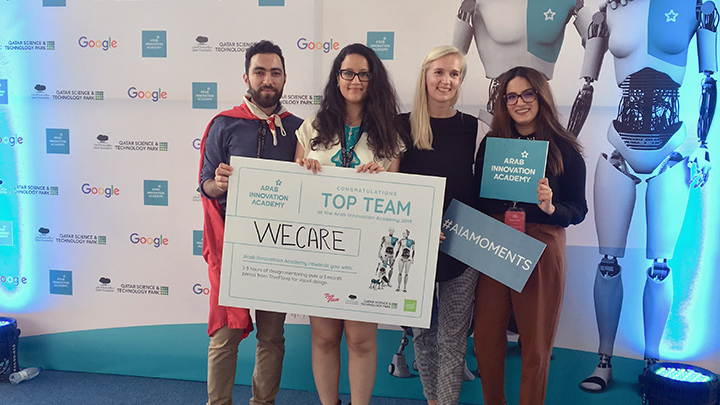Article
by Nortal
The simple UX hack that could save your company a bundle
Here’s a hint: It’s all in the timing.
The traditional way organizations order IT projects makes development needlessly difficult, time-consuming and expensive. Helen Kokk, User Experience and Service Design Lead at Nortal, is offering a highly effective solution.
It’s called the design-based approach. The idea boils down to this: first hire a company to quickly design a prototype, then write your project proposal and invite bidders. As counter-intuitive as it may seem, this new working arrangement represents a huge leap forward.
“You have to do it once to really understand how awesome this is. In our company, it’s spreading like wildfire,” Kokk says.
The all-too-common issue it solves, according to Kokk, is that when project proposals are written before any UX design process is started, clients have only the most general idea of what they want built. From the perspective of the IT companies bidding on the work, the proposals are either far too vague to understand or don’t reflect what the client really needs.
“A new, designbased approach to IT projects could spell huge savings for clients,” our UX Lead Helen Kokk explains.
“It’s like reading tea leaves,” says Kokk. “These proposals don’t give us any clue about the scale of the project – how many people are needed and how long it will take.” Or worse, the client hasn’t done a real analysis of whether the system they want to build will actually solve their problems. Either way is a recipe for missed deadlines, budget overruns and poor results.
However, taking time to sit with designers and hammer out a prototype before the project kicks off will give the client a crystal clear idea of what they need to have built. With that, they can put out a sufficiently fine-tuned proposal.
Putting the approach into practice
Implementing the design-based approach is fairly straightforward, Kokk says. It starts with ordering a team from an IT company – or from a design or media agency, anyone experienced in design thinking – to workshop with you, typically for a period of two days.
“Call it a ‘workshop,’ a ‘sprint’ or a ‘hackathon,’ the idea behind it is the same,” according to Kokk. You sit down together and start designing, just as you would if you were doing so post-proposal.
The goal is to run through the first four stages of design work as we define them: Problem Validation to define what you’re solving, User Research to determine the needs of both business stakeholders and end-users, Design Thinking to make sure you’re on track with long-range goals, and finally MVP Planning to identify what the minimum viable product will be. The result, says Kokk, should be “a high-fidelity, clickable prototype that gives the look and feel of the final product.”
With that in place, the client can write a well-defined proposal and start asking for bids. Later, at the start of the project, both the client and IT contractors can proceed with the confidence that there won’t be any misunderstandings or late-stage course corrections.
“They feel more secure, we feel more secure and it’s better for everybody,” Kokk says.
Kokk notes that when all stakeholders – analysts, developers, designers, clients and everyone else involved – share the same vision from the beginning, there’s a remarkable reduction in confusion and an enormous increase in collaboration. She recommends that every company look into adopting this approach. All it takes is shifting the initial design workshop to an earlier stage of the project cycle. “It’s a tiny change,” she says, “but the payoff is enormous.”
Get in touch
Let us offer you a new perspective.


